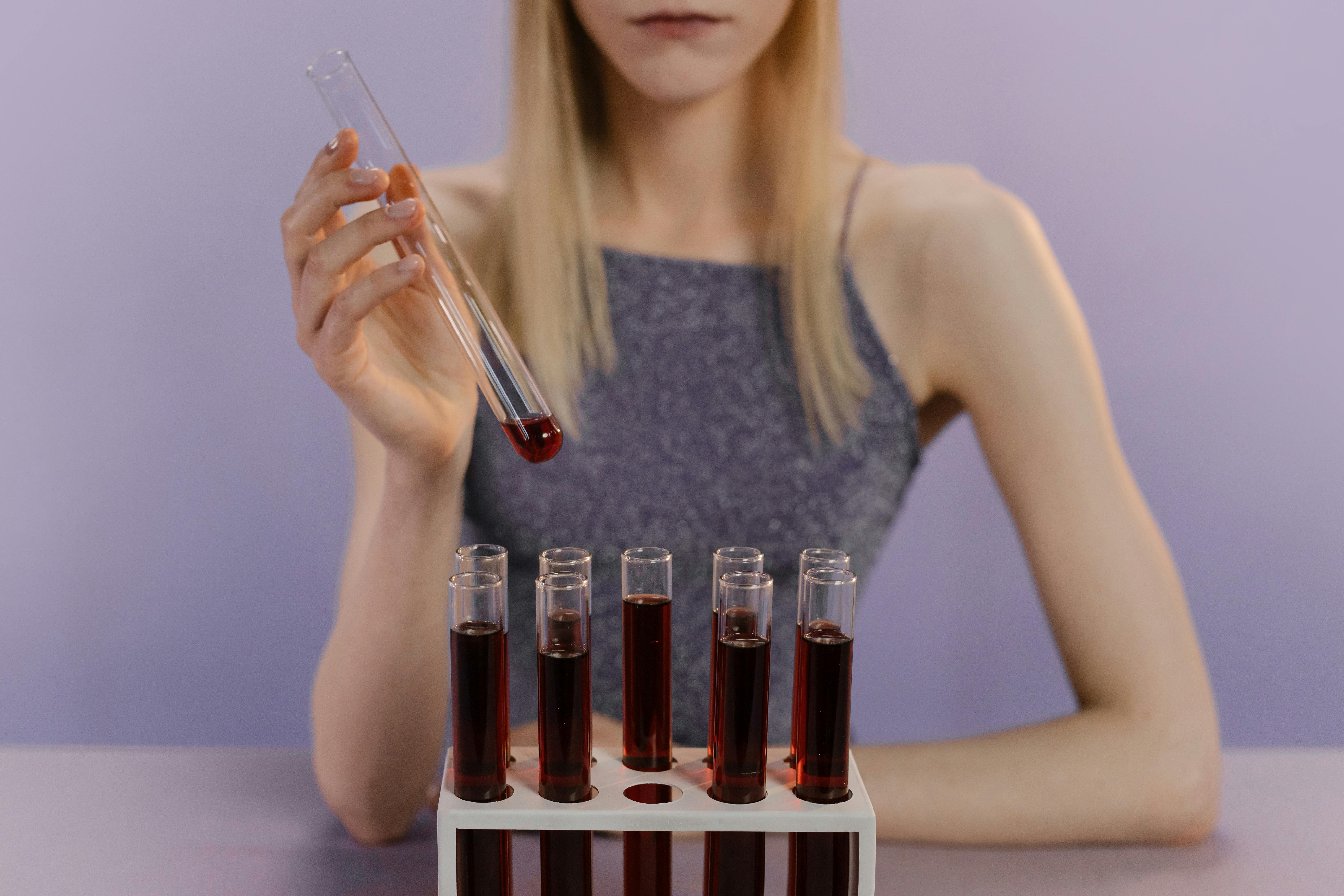I’ll have a soda, a soda or a soda
Drinks without alcohol. No matter what you call them, we are a nation of soda lovers (Midwesterners call it “pop”). Be it Pepsi, Mountain Dew, Fanta Orange, A&W Root Beer, Dr Pepper, or any of the dozens of other offerings it comes down to. Because, Americans consume a whopping 650 eight-ounce servings per year per person, even though the 2016 figure is the lowest in nearly 30 years. There’s no question, the addition of designer coffee and energy drinks has taken a toll on the soda industry, but the US (along with Argentina, Mexico, and Chile) lead the largest number of consumers and continue to gobble up a wide variety of sugary drinks. (Dentists love you!)
This time exploring Marco Polo can’t take credit. Of course, the Chinese had been drinking tea for centuries, but mineral springs in Europe apparently inspired the first Parisians to add honey and lemon to natural sparkling spring water and began selling the tasty drink to the French. This delicious alternative to hot tea and coffee appeared in the mid-17th century and was called “lemonade.” Later, chemists were able to double the carbonation and add it to still water, achieving the same effect. An instant hit, it was probably the precursor to Perrier.
In 1810, two enterprising men from Charleston, South Carolina named Simon and Rundell obtained the first US patent with their invention that gave pure water its bubbly quality. But it wasn’t until twenty years later that inventor John Mathews came up with his own design that added carbonation, and began marketing the sodas in soda fountains. At first, sarsaparilla and fruit extracts were added to the water, and Americans flocked to drug stores in search of these new fizzy drinks. Many of the pharmacy owners touted their flavored sparkling beverages as beneficial to health. The origins of cola, for example, are attributed to an Atlanta pharmacist, Dr. John S. Pemberton, in 1886. He invented the original formula and sold it at the source of his pharmacy as a medicine. No wonder they became popular as gang members – it contained cocaine. Oh!
Creating new flavors for his sparkling water was a lot more fun than handing out cough drops and syrups, so once again, another pharmacist named Charles Alderton created Dr Pepper in 1885, in Waco, Texas. It is reported to contain 23 different flavors to create its unique flavor, and Alderton may have hinted at Dr. Pepper’s “digestive benefits” as a selling point. (At least it made you burp). In 1904 at the St. Louis World’s Fair, when hot dogs and ice cream cones made their debut, Dr Pepper and a variety of soft drinks caught on, and America’s thirst was insatiable. .
More companies were quick to capitalize on the growing popularity and sell their products in grocery stores, but the biggest challenge was maintaining carbonation in the drink after bottling. It wasn’t until 1892 that a Baltimore machinist named William Painter successfully invented a cap, who patented his invention and successfully prevented the bubbles from escaping. Of course, this opened the door for glass makers, and the Libby Glass Company, among others, jumped into action.
During the 1920s, the first six-packs arrived with the convenient cardboard case, and vending machines soon followed. Soft drinks are here to stay. With
With the addition of cans, larger and larger packages of soda appeared on supermarket shelves, allowing shoppers to stock up on their favorites.
Although consumption has declined in recent years, especially among “diet” drinks that contain artificial sweeteners, there is no question that Americans love their beverages. And that will never diminish.
